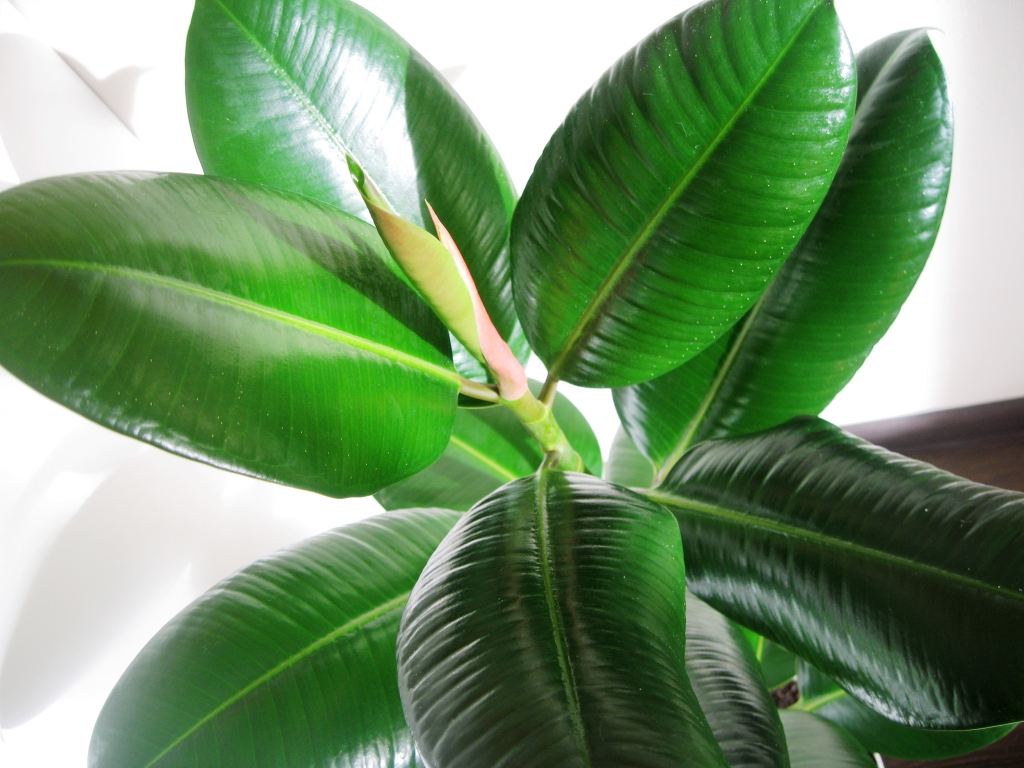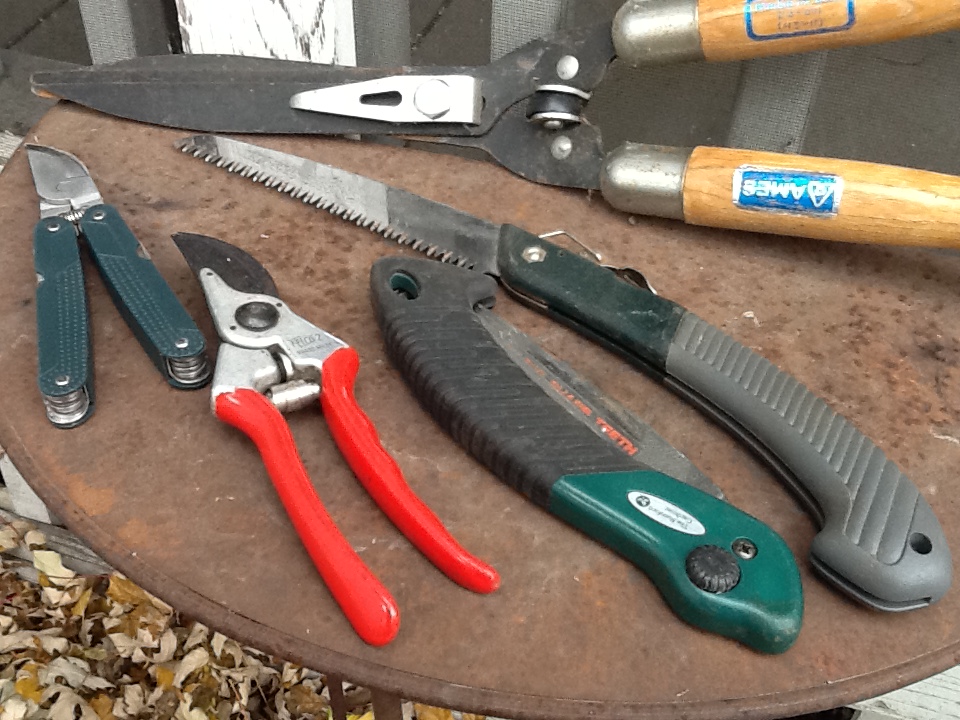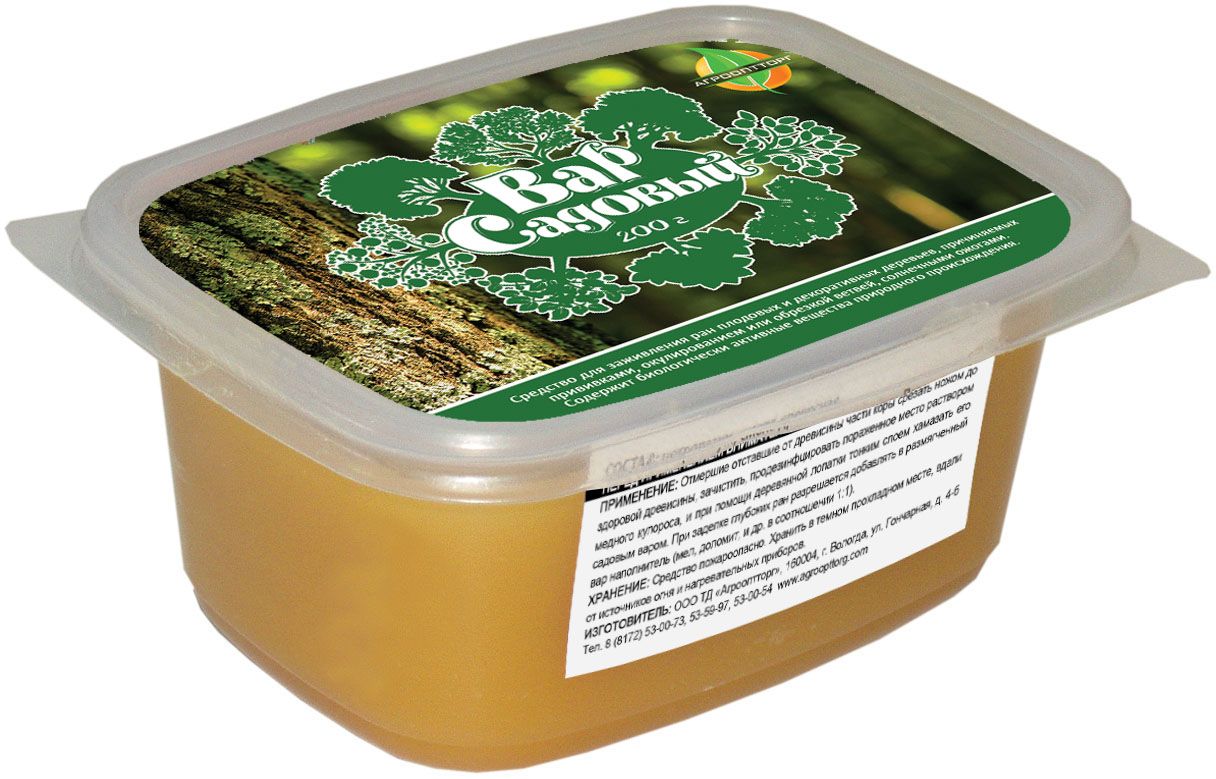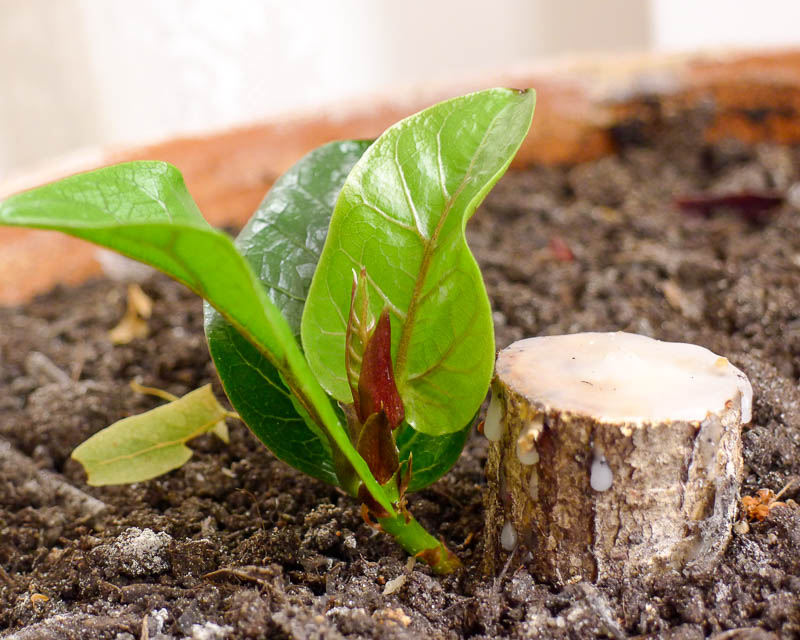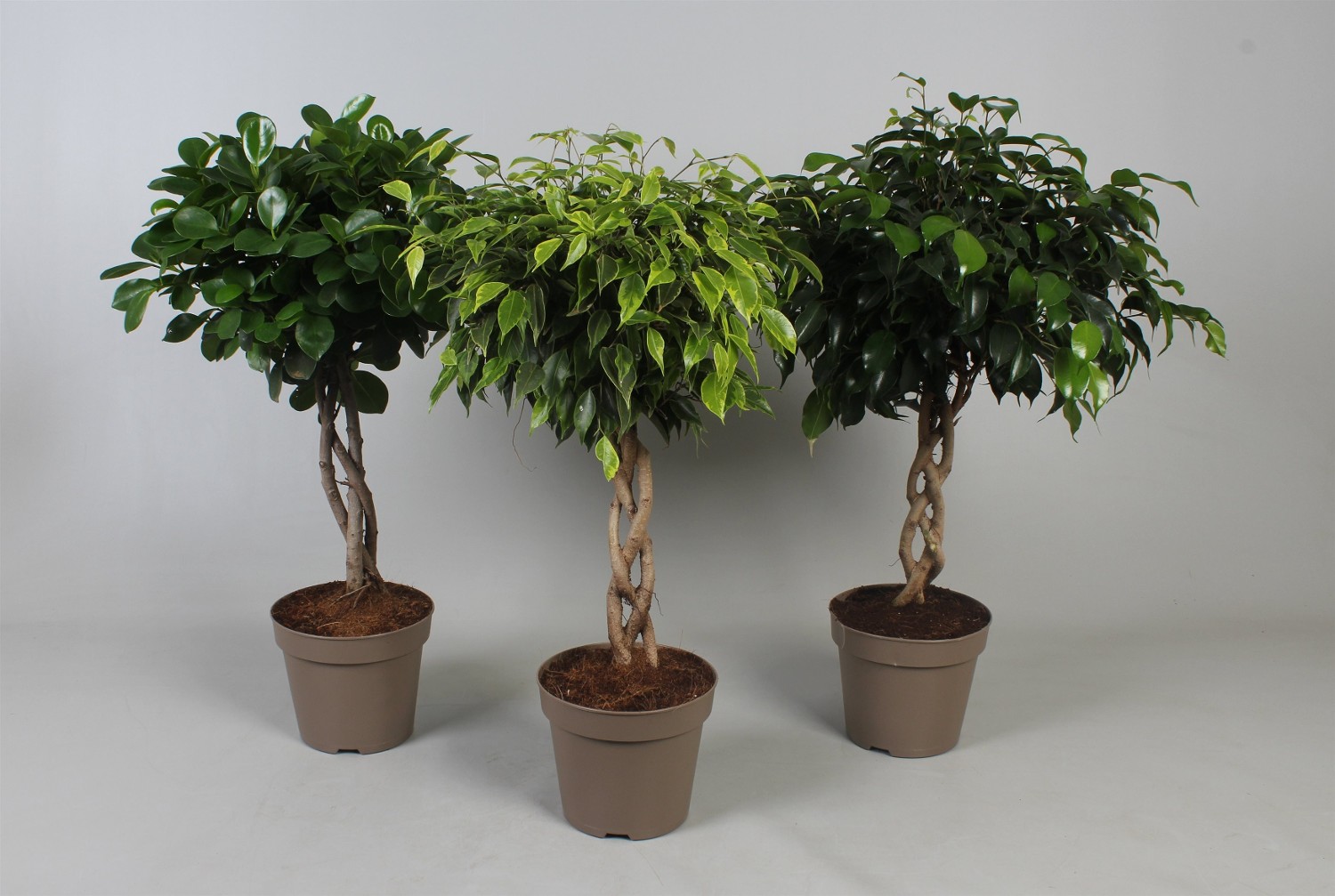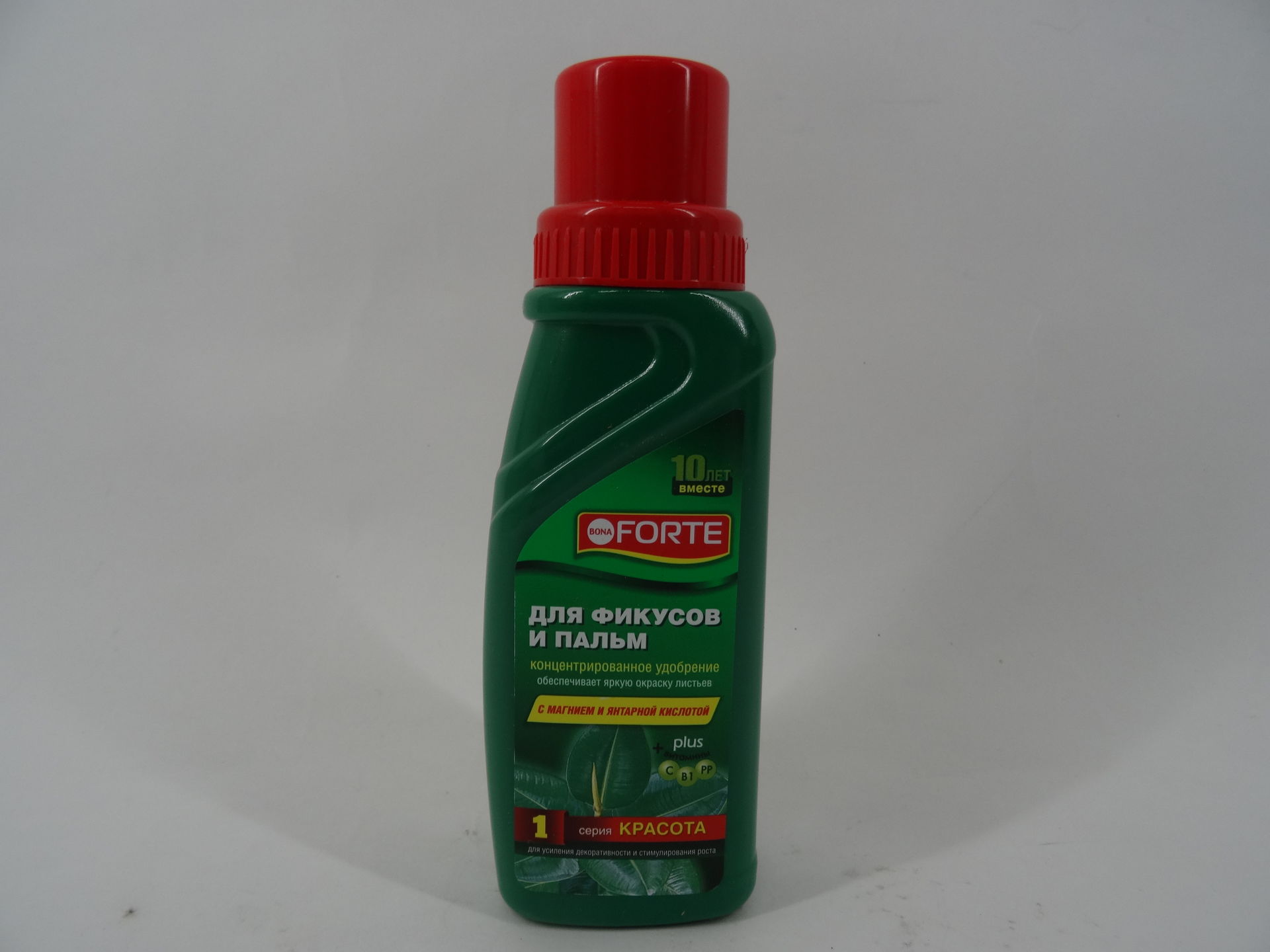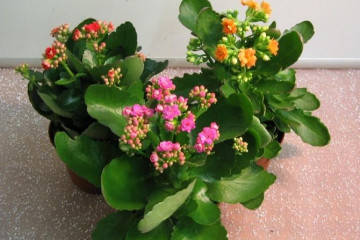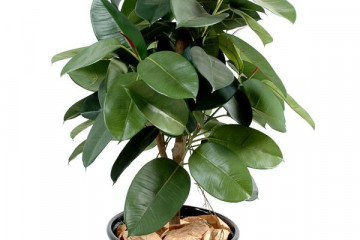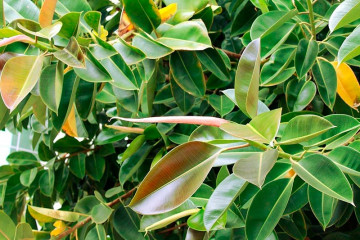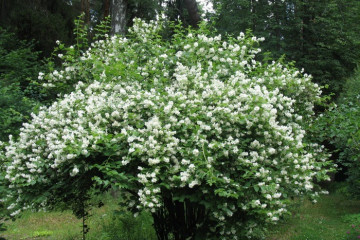How to trim the ficus correctly to form the crown
Content:
Almost all types of ficuses are resistant to external conditions, unpretentious in care. For the correct development of culture, the crown is subjected to systematic pinching. In order not to damage the plant, you need to know how to cut the ficus. A beautiful crown is formed in a bush, which is provided with regular high-quality watering, loosening, protection from viruses and pests.
What is pruning for?
Novice florists are interested in whether partial removal of branches will harm an overgrown bush? Pruning is done in order to form a beautiful lush crown of the ficus.
Cutting dry and damaged branches periodically helps keep the plant healthy. Disease prevention includes the timely removal of damaged processes. If this is not done, the infection can spread to the entire bush.
Correctly performed manipulation contributes to:
- rejuvenation, restoration of a houseplant;
- the formation of a beautiful crown.
Trim time and tool preparation
Partial removal and shortening of individual parts, carried out at a time of vigorous growth, will help make the crown of the ficus tree voluminous and fluffy.
A certain period is recommended for each type of pruning. Crown formation is carried out from early spring to mid-summer. How to properly form a ficus at home, why not remove parts of branches, foliage in winter?
A popular species among Russian plant breeders is the rubber-bearing ficus pruning and the formation of which from January to March is strictly prohibited. Coming out of a dormant state, the plant begins to release shoots from the side where the branches were cut. The bush becomes skewed to one side.
Do not prune immediately after transplanting. The ficus flower is still adapting, and pinching and removing shoots will add additional stress. After transferring the bush to another pot, you need to make sanitary pruning.
In the process of forming a bush, use:
- secateurs;
- gardening scissors;
- sharp knife (scalpel).
Before manipulation, you need to prepare antiseptic agents:
- garden pitch;
- alcohol;
- Activated carbon.
Instruments are disinfected with alcohol-containing products, calcining on fire. Slices on the trunk, branches are treated with garden pitch. Removal of unnecessary processes is carried out with a sharpened knife. It is impossible to carefully cut an unnecessary shoot with a blunt tool. The bark will be “tousled” at the cut. Pathogenic bacteria can enter the trunk through the injured area.
General rules for pruning ficus
Removal of healthy twigs can only be carried out during the period of active growth. Before that, in two weeks, the plants need to be fed with nitrogenous fertilizers.
Some types of ficuses are stopped in vertical growth by pinching a single central stem. Usually, instead of one trunk, several shoots appear. In rubbery ficus, lateral branches are not formed after pinching.
Slices are made above the kidneys in a horizontal direction. The branches are cut close to the stem. High hemp spoils the appearance of the flower. Over time, these short sticks dry up and become a breeding ground for fungi and pests.
Milky juice is removed from fresh wounds of ficus with a cotton swab, then the damaged areas are treated with crushed activated carbon, garden pitch. These measures will disinfect the cut and protect the ficus from infection.
The milky juice of the ficus is very thick. If the instruments have been calcined and rubbed with alcohol, the wounds on the bark do not need to be treated with pitch and coal. Dries up the juice, clogs the cut. Therefore, pruning of rubber ficus can be carried out without antiseptics.
The knife and other items that were used during trimming are thoroughly washed immediately after manipulation. If this is not done, the congealed juice will be difficult to remove.
A lush crown from a ficus is obtained if the shoots are regularly pinched. Pinching of branch growth points results in active growth of new lateral shoots.
Preparing ficus for pruning
In order not to spoil the indoor flower as a result of pinching, the bush is examined before manipulation. They choose weakened, ugly processes, think over the shape that should be obtained as a result of processing. The buds located below the branch cuts will become the site for the growth of future lateral branches.
With regular pinching, the size of the leaves decreases. The leaf plates on the lateral branches have a smaller area than those growing on the central stem.
Pruning to rejuvenate the plant
To give new vitality, recovery, it is recommended to cut off all damaged branches. Rejuvenating pruning is carried out when the plant has been frozen or began to dry out due to illness.
If the ficus after hypothermia has lost its foliage, and the top began to die off, pruning "on a stump" can help. An indoor flower, having got rid of the diseased part, will quickly recover at the expense of young growth, which will go from living roots. In this way, it will be possible to rejuvenate the Carian ficus (fig).
If you wish, you can leave a few shoots and grow a flower in the form of a bush. As a standard, growers choose the strongest stem, cut out the surrounding shoots, then form the plant in the form of a small tree. The choice of shape depends on personal taste.
Sick, drying flowers are subjected to cardinal pruning. Remove all damaged branches. Only 2 buds are left. The cut material is used for cuttings. Long branches are shortened so that 4 buds remain on them. Two are buried, the rest are left above the soil surface. All sections are pretreated with activated carbon.
Sanitary pruning
Dry, broken branches, leaves that have begun to turn yellow, are removed throughout the year. Poorly developed, diseased shoots should not be left, they spoil the appearance and can become a source of infection for the entire plant.
The flower is periodically examined. On some varieties of deciduous ficuses, the branches are bare after September. Sore areas can be detected after they have passed into a state of rest. Each unhealthy sprout is removed immediately after it has been discovered. Pruning is done regularly.
Old and diseased branches become food for fungi. Gradually decomposing, such areas attract pests. The larvae are laid on them.Sick shoots growing from the soil are removed at the very root.
Crown formation and general appearance
Beautiful appearance, fluffiness of the crown is formed in the process of regular painstaking work. The shape of the apical part of the flower is planned in advance. It is necessary to determine how tall the ficus will be. It is important to understand right away whether it will be a standard plant or a fluffy bush. The owner of the flower decides for himself how to form the ficus.
When there are too many internal shoots, the crown can be thinned out. Leave the kidneys, which are not directed along the trunk, but outward. If the task is to form a round crown, leave an equal number of branches directed horizontally and vertically. Shoot pruning is performed in a circle, at an equal distance from the point marked in the center.
The formation of the crown of a plant includes:
- trimming the apical shoots;
- shortening side branches;
- direction of the processes in a certain direction.
Bending, fixation is done with wire, ropes, pegs. The branches growing in the wrong direction are leveled, secured with tensioning devices. Healthy, strong shoots do not always need to be cut off at the root. Better to give them the desired shape. There is no guarantee that new branches will grow even and strong enough.
You can give the desired direction if you bend the branch away from the central trunk, it is enough to fix it at the desired distance with a spacer or slingshot.
The crown formed in the form of a ball, a cone looks beautiful. The apical part of the ficus can be cut in the form of any geometric shape. Several shoots form a single intertwined trunk with a common crown. Such a tree will become a decoration of an office, a home winter garden.
To form a stem, all shoots are pruned, except for the five apical ones. When the ficus has grown to the required height, pinch the central stem, then shorten all overgrown branches in a circle. Such manipulations are possible only with young plants.
Creation of unusual shapes
The standard ficus looks beautiful, many novice growers do not know how to form its crown. Some ficuses are grown in the form of a small tree. Most of the trunk of the trunk is freed from the lateral branches. The apical part of the plant is given any geometric shape.
There are interesting options for the formation of an intertwined single stem from root shoots. As it grows, several shoots are intertwined.
To braid the ficus, it is worth waiting for the shoots to grow up. Young, not stiff shoots are amenable to formation. Depending on the amount of material, you can create weaving in the form of:
- spirals;
- hedges (wattle fence);
- lattices;
- pigtails.
An important design rule. The more complex the shape of the trunk, the simpler, the more natural the apical part should look. On a simple single stem, a crown looks harmoniously, having the shape:
- spheres;
- cone;
- hemisphere.
How to prune home ficus so that it is fluffy, the owner decides after a careful examination of the branches and the location of the buds. If the florist is planning to create a single plant from several shoots, they need to be shortened at the same height. For weaving, stems with side branches removed are suitable. Pinching the apex activates the lateral kidneys. If the manipulation is carried out regularly, a beautiful lush crown is formed in the ficus.
Post-pruning activities
It is impossible to grow a beautiful indoor culture without quality care, which includes:
- regular watering with warm water;
- balanced feeding;
- protection against viruses, bacteria and pests.
Before and after forming the flower, you need to make top dressing.For a quick recovery, the plant needs nutrients and gentle loosening of the soil. When the plant is actively growing, nitrogenous fertilizers are chosen.
To avoid pest infestation, ficus leaves can be periodically irrigated with infusion of garlic and onions. This drug is also suitable for irrigation of crops. It is simultaneously used as protection and foliar feeding.
Transplanting indoor flowers after pruning is not recommended. Additional stress can lead to death of fragile bushes. When transshipment, too long, sick, rotten roots are removed.
With the right integrated approach to plant care and protection, high-quality regular pruning, a lush crown is formed. When there is a ficus in the house, how to form a crown is a secondary question. An unpretentious culture tolerates removal and pinching of branches well.
